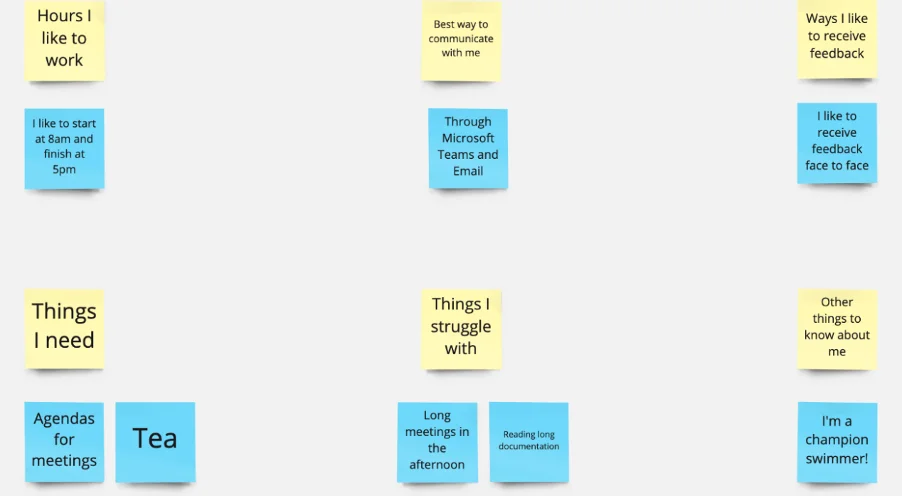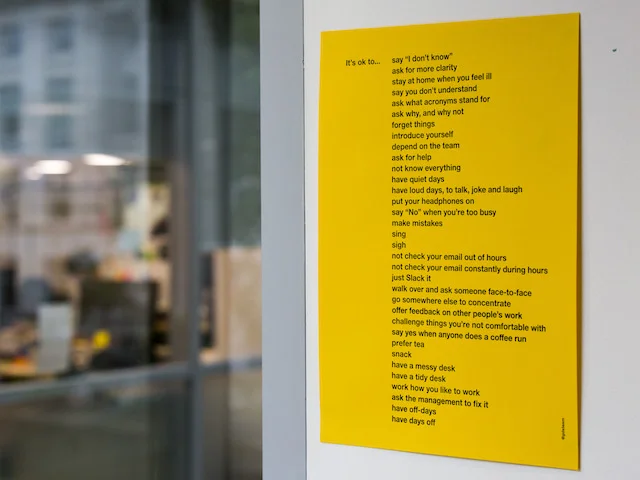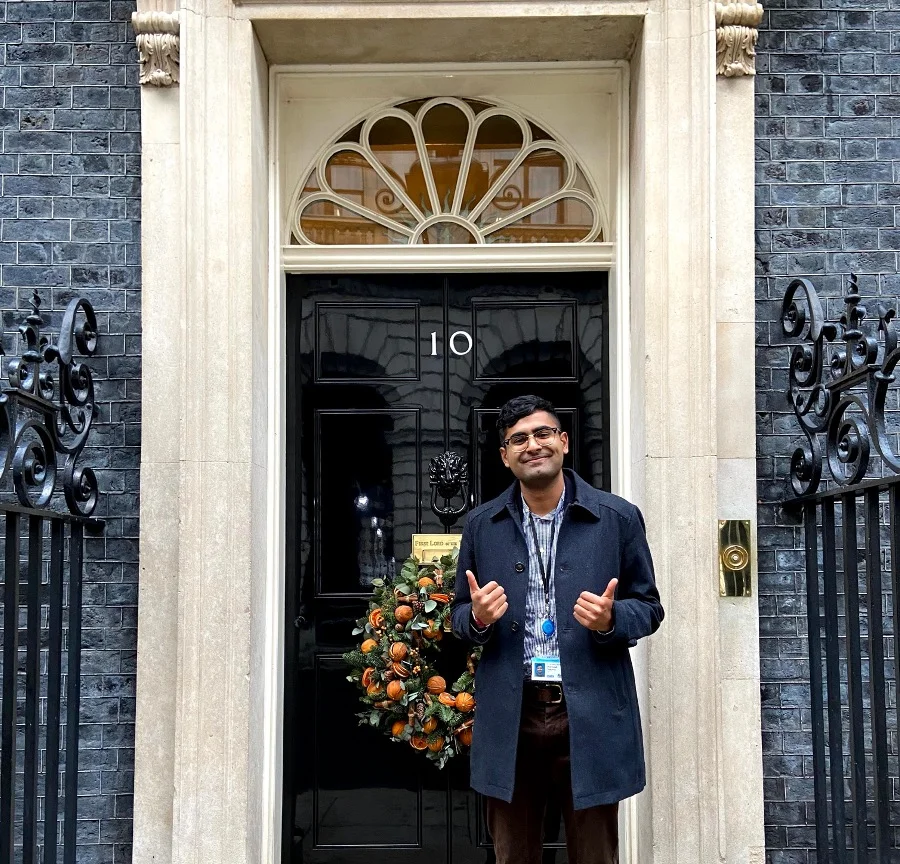When I start a new project I like to run a series of workshops to help create a shared understanding among my team.
In your first week you are not trying to save the world. You will not solve every question. It is impossible to cram everything into one week.
I like to space out my sessions to give people time to breathe and digest information. Include plenty of breaks in your sessions. People are not machines.
Take your time, and don’t be afraid to ask questions.
I prioritise certain workshops over others. This is critical when working with clients. The clients I work with are busy and have limited time. Work out with your team what is most important for you to move forward.
All the workshops discussed below, are now found on Miro.
Day 1
Getting to know one another (manuals for me) + ways of working session
- The purpose of this session is to establish ways of working and getting to know your team. I aim to create an inclusive environment to help my team thrive. To achieve this, you need to understand how they like to work.
- I like to spend the first hour getting my team to fill out the template below. Afterwards, I get them to present it back to the team. I made an example below. Full credit goes to Cassie Robinson for creating and inspiring teams to use this.

- In the next 30 mins, I like to try and answer specific questions about the project:
Where do we store files?
Where can we chat ad-hoc?
Where do we track items?
Where should we store evolving artifacts?
What time works for standups?
How should we engage with wider stakeholders?
What key meetings should we join?
What time/day works for agile ceremonies?
- The key thing I stress throughout this meeting is this poster from GDS. We want it to be ok for people to be vulnerable. My aim is to create a supportive and inclusive environment for people to thrive.
- Duration of the session: 10 - 11:30am
- Attendees: team members working together on a day to day basis
 Image by GDS: https://gds.blog.gov.uk/2016/05/25/its-ok-to-say-whats-ok/
Image by GDS: https://gds.blog.gov.uk/2016/05/25/its-ok-to-say-whats-ok/
Day 2
Inception exercise
- The purpose of this session is to bring all the right people into the room and give you the opportunity to gain a common understanding, set goals and identify KPIs.
- In the past, I wrote about how I use this session to help define the scope. Over the years I’ve adjusted this workshop to accommodate my needs. For example, I now run a separate risk workshop and now use this workshop to also help identify key measures of success. I find this workshop helps to narrow down the scope.
- Duration of the session: 10am-12pm
- Attendees: team members working together on a day to day basis, subject matter experts and senior stakeholders.
- An alternative to consider is a product vision exercise. This is useful when the product you are working on has no ‘north star’, and people are unclear what the product is aspiring to be.
Day 3
User research workshop
- The purpose of this session is to help create a shared understanding of our users, inform the user interview script, and recruitment process.
- I wrote about how to run this session here.
- Duration of the session: 10am-12pm
- Attendees: team members working together on a day to day basis, subject matter experts
Technical discussion
- The purpose of this session is to understand the tech landscape at a high level. It is useful to discuss how to get set up, get access to all the relevant tools or even run through the code etc.
- Duration of the session: 2-3pm
- Attendees: technical team members.
Day 4
Risk workshop
- The purpose of this session is to understand the team’s worries and concerns.
- In the 2nd half of the session, I like to talk about how we plan to mitigate any risks identified. At the end of the workshop, I create a risk log.
- Duration of the session: 10-11am
- Attendees: Attendees: team members working together on a day to day basis, subject matter expert and senior stakeholders.
Stakeholder mapping workshop
- The purpose of this session is to make sure we know and how to engage all the important people on the project.
- I like to follow Emily Webber’s Team Onion Workshop.
- This is a living document, keep updating this.
- Duration of the session: 2-3pm
- Attendees: team members working together on a day to day basis, subject matter expert and senior stakeholders.
Day 5
Planning
- The purpose of this session is to plan out any key meetings needed for next week.
- I don’t tend to follow a specific format for this session. You want to celebrate all the great work that’s happened so far, but you also want to make sure you carry on the momentum for week 2.
- Duration of the session: 10-11am
- Attendees: team members working together on a day to day basis
Reflections
- I tend not to run standups in the first week because the team meets together often.
- Spending time talking through a roadmap is useful so that the team understands the general direction of the project.
- If I need to de-prioritise a meeting, I move the risk and stakeholder mapping workshops. These don’t need to happen in week 1.
- As I work remote, I tend to run all my workshops on the same board (see image below as an example). The aim of the board is to act as a virtual team space. Everything is in one place. It fulfills a dual purpose of helping to onboard new team members.

I hope this helps when you plan the first week of your project.

